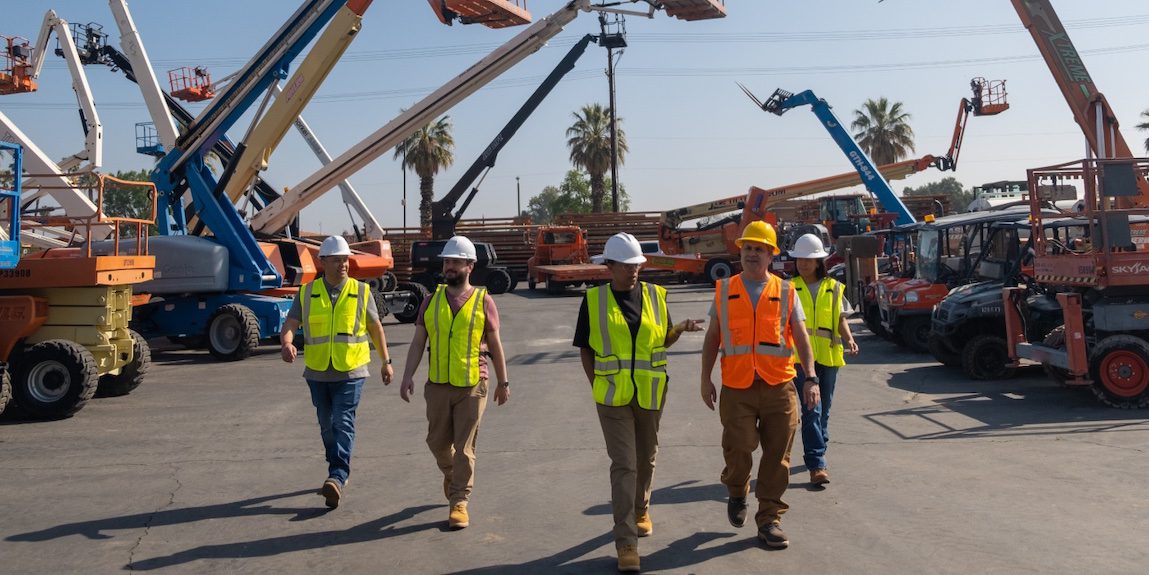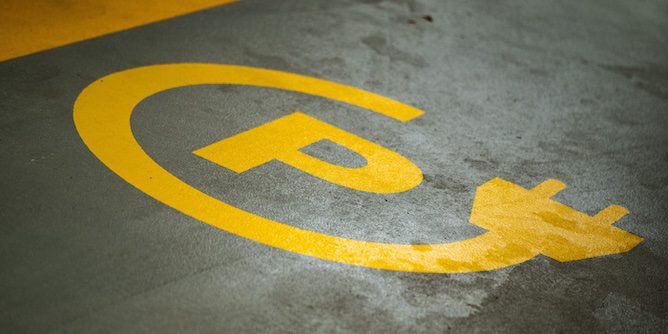

It’s frightening when the headlines scream doom. And, let’s face it, the last 2-3 years have packed enough of those in to last a decade. A pandemic, war in Europe and now spiraling energy costs compounded by a supply squeeze have all melded to create a cocktail that is potent and threatens to push a lot of businesses and households to the wire.
Let’s be absolutely clear here. The threat is real. WTI and Brent crude peaked in the aftermath of Russia launching its invasion of Ukraine on February 24 at USD 123.70/barrel and USD 127.98/b respectively and both continue to hover within striking distance of USD 100/b.
Brent was USD 59.35/b and WTI was USD 53.95/b on October 17, 2019.
For a business that relies on fuel, the implications are obvious. Whereas a few years ago, it might have sat within an overall spectrum of cost issues, it’s assumed key importance in 2022. And in construction, where machinery is an ever present part of the on-site equation, the reverberations are potentially fatal.
Except they are not. Or at least they don’t have to be. And that’s because telematics has helped plug a gap in insight and knowledge that connects fleet owners to a dashboard of relevant and actionable data that should enable them to weather the storm and emerge stronger when energy supply returns to normal.

Let’s take a step back here to understand why. Telemetry in its early outings offered machine run hours and location which, while useful in themselves, didn’t really provide the insight to implement a proper fuel management strategy.
So, when Brent hit a high in July 2008 of USD 147.50/b during the great financial crisis, the building blocks for an effective fuel management system simply weren’t there for the small corner of the industry that had begun to connect their fleet. Fast forward 14 years and there has been a natural evolution that delivers a wealth of data to a contractor or rental player that is vastly superior in scope and quality. It is now the norm, not the expectation that your powered machinery is connected via telematics.
Telematics has helped plug a gap in insight and knowledge that connects fleet owners to a dashboard of relevant and actionable data.
The telematics industry has drilled into the machines to give construction operations management key insights into which machines are idle, which are going through lots of fuel while contributing little in the way of production, and where the point of separation lies that can enable them to gain efficiencies from better fuel usage.
In other words, top-end telemetry providers were ready for this crisis. The systems were in place. And the results are not marginal gains. We’re talking potentially in the region of 25% wiped off an energy bill and where every cost through the chain is on the rise, that kind of saving can be the difference between success and failure.
Naturally, business has cottoned on to this very quickly. Contractors and rentals have been demanding that OEMs can give them exactly these type of insights to manage their usage. When the US Federal Reserve raises rates, they’re on the phone. When pipelines get blown up in the sea, they are on the phone. When petrol prices remain persistently high, they’re on the phone. And when every one else down the logistics chain is raising their prices, they’re on the phone.
With standardization such as the ubiquitous J1939 protocol introduced in 2000 to govern standards in heavy-duty machinery also playing a significant role, that’s created a dynamic that has made it an easy decision for OEMs to respond by providing richer and richer data. Fortunately, they’ve demonstrated they can step up to the mic enabling business to work as efficiently as possible in no small part because of the partnerships they’ve moved into with the top-end telemetry providers and their commitment to rich data.
Taking a longer-term perspective, that’s a good thing for this industry. It forces us all to raise the standard of what we do, and enable the industry to emerge cleaner, fitter and, let’s never forget, in a better position than ever to eliminate downtime and be better at what we do.
Those are benefits that will inevitably live on and continue to proliferate when the crisis ends. Learned practice won’t just give way to reckless fuel management the minute oil prices slide back to, say, the USD 50/b level. They will stay in place enabling the ecosystem to spread that cost saving elsewhere, whether it be in the purchase of newer, even more effective systems, the purchase of other services or just general investment that inevitably raises quality standards.
It forces us all to raise the standard of what we do, and enable the industry to emerge cleaner, fitter and, let’s never forget, in a better position than ever to eliminate downtime and be better at what we do.
There’s another thing to consider here too. Construction has demonstrated time and time again that it is highly receptive to electrification. That meant the industry even in the 1980s had a platform where as much as 15% of machines were powered by electricity in the form of lead acid power packs, and that trend is only likely to gather pace when the current crisis ends. That will give an inevitable fillip to the sustainability push and propel the industry towards better solutions.

It should also, over time, help less developed countries upgrade their machinery as better standards permeate the industry and those at the top of the pyramid move onto the latest, most cost-effective and environmentally-friendly versions of equipment on the market.
There is a pragmatism that underpins everything construction professionals do. And whatever your view of the fuel crisis may be, there is a harmony between that pragmatism and attainable sustainability goals that really are offering a mutual win for construction, society and by extension and given time, the globe.
Let’s see how this one pans out. I’m not one for a bet, but I’d be surprised if construction doesn’t emerge from this crisis with a model of business and an ecosystem premised on the data and connectivity that will create the conditions for an industry to evolve into something we can be even more proud of.
If you want to know how telematics can future-proof your fleet, talk to us.
Never miss an insight. We’ll email you when new articles are published on this topic.
